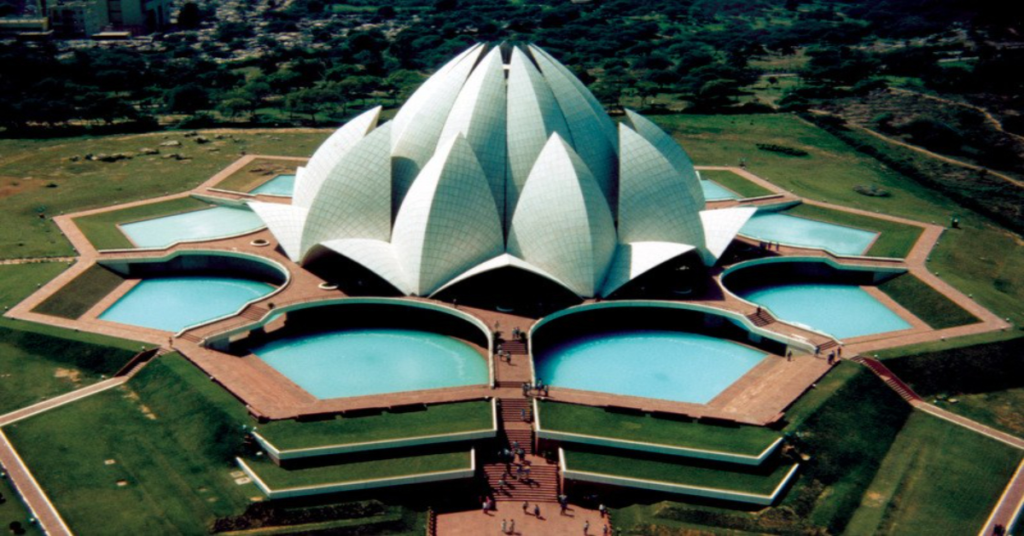The Lotus Temple in Delhi is the most beautiful and unique building in India. Fariborz Sahba, a well-known Iranian builder, came up with the idea to build a temple for the Baha’i faith. Construction of the structure ended on November 13, 1986, and the grand opening was held on December 24. However, on January 1, 1987, the doors finally opened to the general public. Incredibly, over 10,000 people showed up on opening day.
For centuries, people of all stripes have traveled here from far and wide. The temple’s natural beauty and serene atmosphere have a calming and positive effect on visitors. Numerous design accolades have been bestowed upon it, and it has received extensive coverage in publications across the globe. The temple attracts more people than any other building on earth. Almost 70 million people visited between 1987 and 2001.



